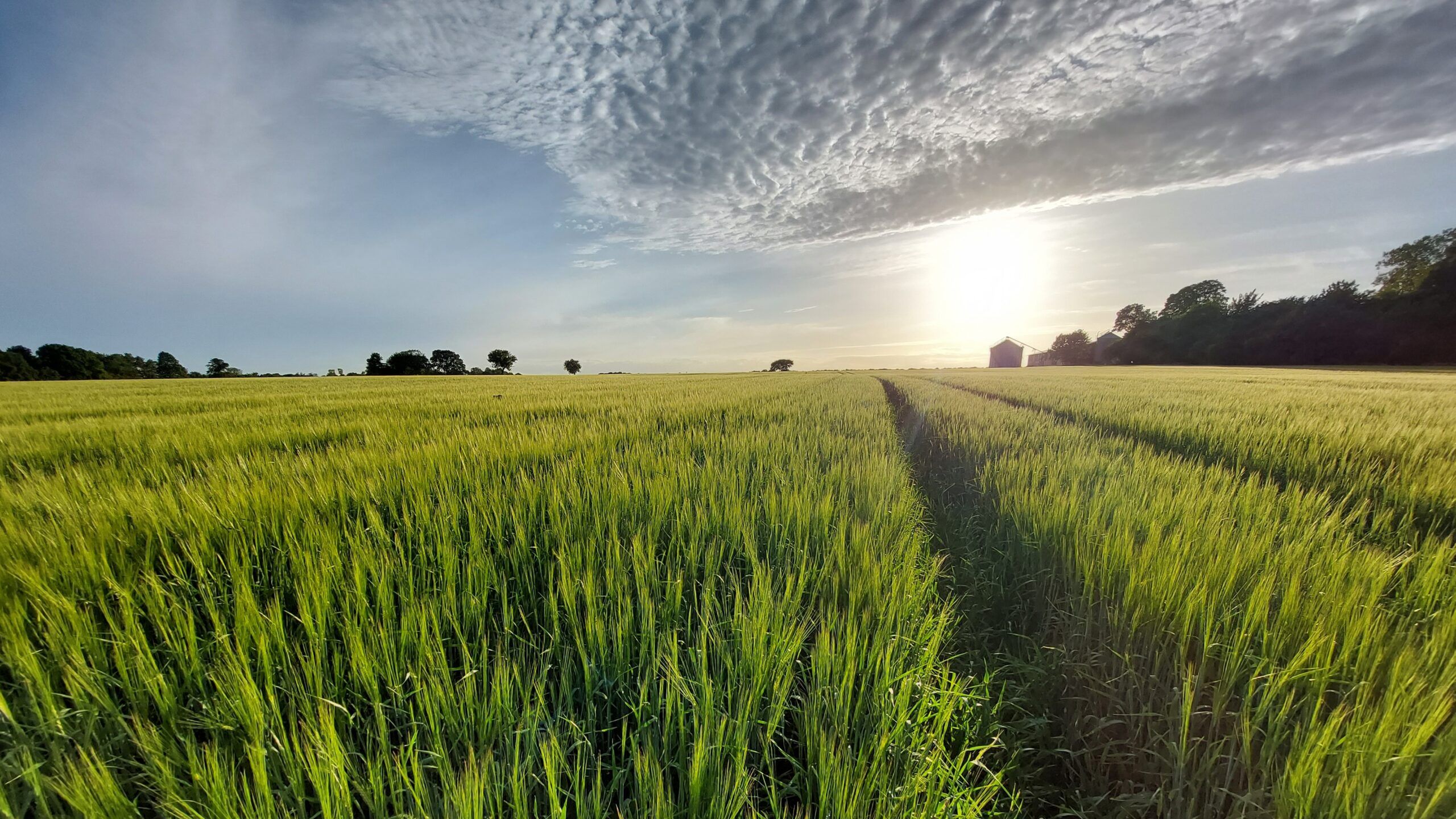How regenerative agriculture can solve our problems
Transitioning to regenerative agriculture can help mitigate the climate crisis, biodiversity loss, make work easier for farmers, and provide a more sustainable production system. Continue reading to learn more about the future of sustainable farming
Climate crisis, biodiversity crisis, pollution, CO2 emissions – agriculture is often accused of contributing to these problems, but there is a way for the agricultural sector to be part of the solution and positively contribute to the green transition: regenerative agriculture.
There are many benefits to converting but the complicated thing is that it isn’t as easy as flipping a switch. Converting to regenerative farming is a process that can take several years if you start out as a conventional or organic farmer
“But that shouldn’t discourage farmers,” says Hans Henrik Fredsted, head agronomy advisor at the Denmark-based consulting company Agroganic. “After the conversion, there are many benefits for the farmer, the climate, the environment and for society as a whole.”
The Boston Consulting Group also recently released a report on the potential of regenerative agriculture in Denmark, supporting this statement. In the report, they note that for an average conventional farmer, it could lead to up to a 40% increase in profit after a six-year transition period. Additionally, the report estimates that converting 73% of Danish agricultural land could reduce up to four megatons of CO2 per year, equivalent to 15% of Denmark’s CO2 emissions in 2030.
Regenerative agriculture is a cultivation system based on principles such as minimal soil disturbance, constant ground cover, diverse crops, and minimizing synthetic inputs while incorporating nature’s own biological processes to benefit crop cultivation. Agroganic’s mission is to help make large-scale agriculture regenerative.
Why doesn’t everyone convert today?
If regenerative agriculture has so many benefits, why don’t farmers transition immediately? Firstly, the regenerative movement is not yet on the political agenda in Denmark, even though many other countries have goals for implementation of regenerative agriculture. This means that in Denmark, there is neither help nor financial support available during the transition period if a farmer wants to convert. There is also no certification scheme in place, which would allow for farmers to apply for financial support, or for consumers to know they are choosing regenerative products.
At Agroganic, where they have worked with all types of agriculture for decades, they have no doubt that regenerative farming is the future. “The need for efficient agricultural systems that are robust, high-yielding, and environmentally responsible is greater than ever. If we want to continue farming in the future, we have to change our methods,” says Hans Henrik Fredsted.
There are also those who argue that a subsidy scheme is not necessary because the cultivation system itself is an economic advantage for farmers. There may be some truth to that, but transitioning to regenerative cultivation can be a costly investment and take time, which can result in a decrease in yield and income while the transition is ongoing. Additionally, the transition can be a steep learning curve, where the farmer has to learn a completely new way of farming, become familiar with new machinery, new technology, and new concepts. All of this requires education and assistance, which may not necessarily be readily available.
Providing this help is what Agroganic has set out to do. Agroganic is an agricultural consultancy firm based in Denmark that has been working with regenerative cultivation principles for more than 20 years, and now that the regenerative movement is gaining traction, they are ready to help and educate the farmers who want to take the leap.
Regenerative cultivation methods and benefits
One of the key principles of regenerative cultivation is to practice minimal soil disturbance, which means that the farmer doesn’t plow the field and practices minimal soil disturbance. Soil disturbance damages the soil structure and makes it vulnerable to erosion. When the soil’s pores are destroyed during soil disturbance, it impairs the soil’s ability to both retain water and drain water, leaving crops more vulnerable during periods of drought or heavy rainfall. Soil disturbance also releases CO2 and erodes humus from the soil, reducing soil fertility.
Practicing no-till cultivation increases soil organic matter, protects beneficial organisms, reduces CO2 emissions, and has the potential to improve carbon sequestration. In addition to all the beneficial aspects for soil fertility, the farmer also saves fuel, time, and labor by practicing no-till farming.
Other key approaches include having green fields year-round and cultivating diverse crops. These principles improve soil health and structure, increase the soil’s ability to sequester CO2 from the atmosphere, increase biodiversity, and reduce the need for pesticides and synthetic fertilizers.
It’s not a magic button but a path to a more sustainable future.

